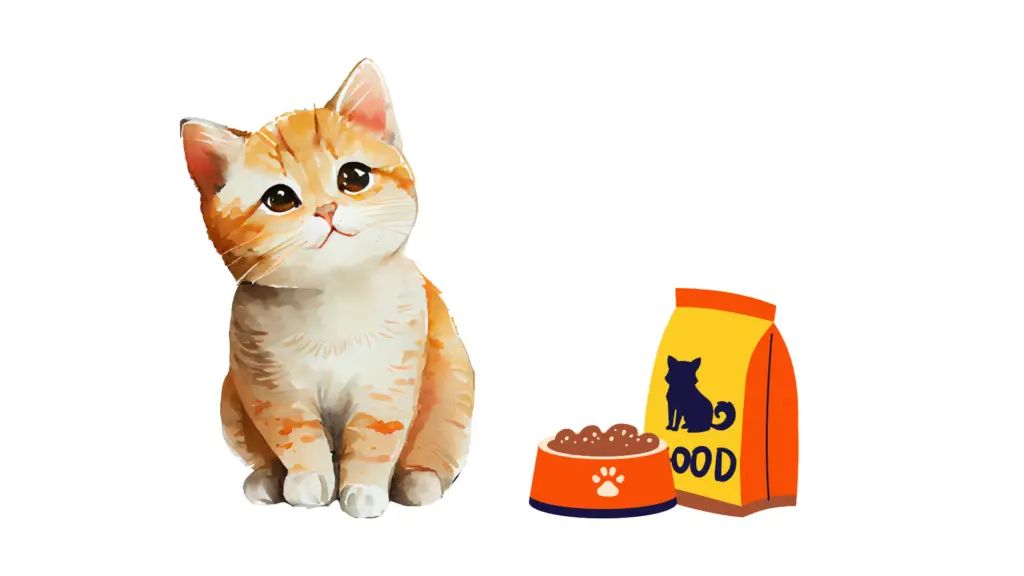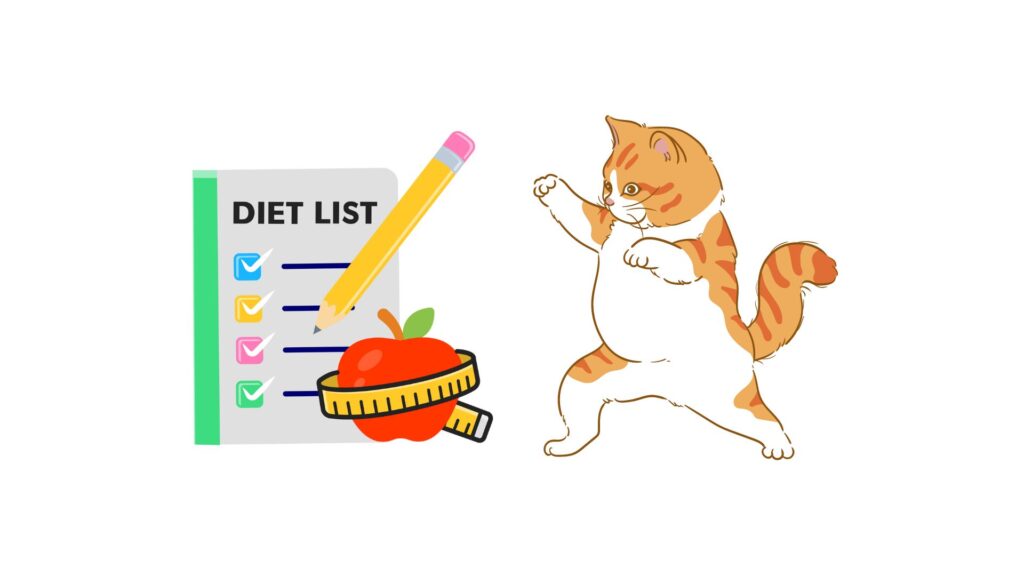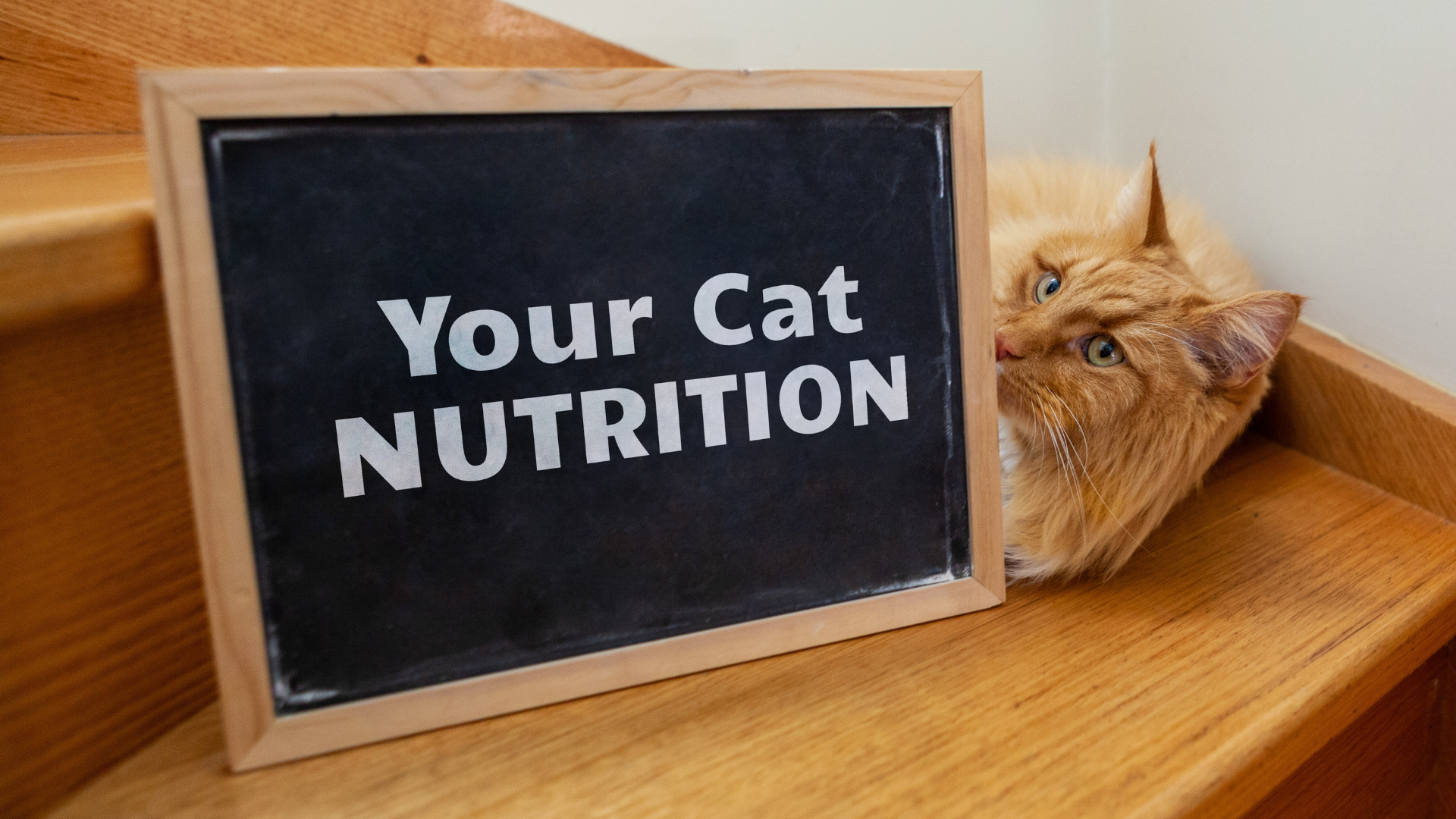Proper nutrition is critically important for your female cat’s health and wellbeing. The unique nutritional needs of female cats can vary greatly depending on age, weight, breed, and other factors. This in-depth guide will explore the daily calorie, protein, vitamin and mineral requirements for female cats across all life stages – from kittens to seniors. Read on to learn how to tailor your cat’s diet to her specific needs.
Table of Contents
Nutritional Requirements for Growing Female Kittens
The first year of a kitten’s life brings rapid growth and development. Proper nutrition during this crucial period sets the foundation for lifelong health. Here are the key dietary requirements to support your female kitten:
Calories
Growing kittens need 2-3 times more calories per pound than adult cats. On average, female kittens require 90-200 calories per pound (200-440 calories/kg) per day depending on activity level and growth rate. So a 3 lb kitten would need 270-600 calories daily. Spread meals out over 3-6 feedings per day.
Protein
Kittens need high levels of protein to aid muscle and tissue development. Aim for at least 30% protein in the diet, or around 5 grams of protein per pound of body weight per day. High quality sources include chicken, turkey, eggs, lean red meats and seafood.
Fat
Dietary fat provides concentrated energy for growth. Kittens should receive 25-30% of calories from fat. Focus on healthy unsaturated fats from fish, vegetable oils and animal sources.
Calcium & Phosphorus
Getting the calcium-phosphorus ratio right is crucial for proper bone formation. Aim for around 1.2 parts calcium to 1 part phosphorus. Quality kitten foods will have balanced levels.
Other Vitamins & Minerals
- Taurine – This amino acid is essential for heart and eye health. All cat foods should be supplemented with taurine.
- Vitamin A – Necessary for immune function and vision. Look for supplementations.
- Vitamin D – Needed for calcium absorption. Can get through diet or sunlight.
- Vitamin E – Important antioxidant for cell health. Should be added to commercial diets.
- Zinc, iron, copper – Aid growth and blood cell formation. Ensure adequate mineral levels.
With the rapid growth of kittens, it’s essential to feed a high-quality commercial or homemade diet formulated specifically for kittens. Avoid adult cat foods, which do not meet all of a growing kitten’s needs. Check with your veterinarian if you have any concerns about your kitten’s nutritional status.
Adult female cat daily nutritional requirements by age and weight

As your female kitten matures into an adult by 12 months, her nutritional needs become less about rapid growth and more about maintaining an optimal and healthy weight. Here are the dietary recommendations for adult female cats:
Calories
Calorie needs decrease as cats reach adulthood. The average indoor adult female cat requires 150-180 calories per pound of body weight per day. This equates to around 240 calories for an 8 lb cat. Active outdoor cats may need up to 200 calories per pound. Adjust as needed to maintain ideal body weight.
Protein
Protein remains essential for maintaining muscle mass and organ function. Adult female cats should receive at least 25-30% of calories from high-quality protein sources. This equals around 5 grams of protein per pound of body weight daily.
Fat
Continue feeding healthy fats for energy. Aim for 20-25% fat calories in the diet, focusing on Omega-3 and Omega-6 fatty acids. High fat diets above 30% can lead to obesity.
Vitamins & Minerals
Adult cat foods should provide balanced levels of all essential vitamins and minerals. Key ones to watch for include:
- Taurine – Remains critically important for heart health. Cats cannot synthesize this amino acid on their own.
- Vitamin A – Important for immune function, vision, reproduction and more. Look for added supplementations.
- B Vitamins – Aid metabolism and energy production. Can become depleted on poor diets.
- Antioxidants – Help neutralize disease-causing free radicals. Vitamins C, E and selenium have antioxidant properties.
While individual needs vary, most healthy adult cats do well when fed two scheduled meals per day. Portion control is important to prevent overeating and obesity. Provide constant access to clean, fresh water.
Special Nutritional Needs for Breeding/Pregnant/Nursing Female Cats
The reproductive life cycle of your female cat comes with increased nutritional demands that need to be met through adjusted diets:
Breeding/Pregnancy
- Calories – Increase calories up to 50% over normal needs during the final 3-4 weeks of pregnancy as kittens grow.
- Protein – Boost high quality protein to support fetal development and milk production.
- Calcium -Increase calcium intake 2-4x over normal levels for fetal bone formation.
- Fat – Kittens need fat reserves. Increase healthy fats.
- Taurine – Important for fetal eye and heart development. Supplement as needed.
Nursing/Lactating
- Calories – Nursing queens need 2-3 times normal intake to produce milk. Free-feed high calorie food.
- Calcium – Maintain 2-4x higher calcium intake throughout nursing.
- Protein & Fat – Kittens need protein for growth and fat for energy. Continue high levels.
- Micronutrients – B-vitamins, taurine and other essential vitamins and minerals transfer to kittens through milk. Ensure adequate intake.
Work closely with your veterinarian to formulate a breeding, pregnant and nursing diet tailored to your cat. Imbalances or deficiencies can negatively impact both mom and kittens.
Nutritional Requirements by Cat Weight
In addition to age, the ideal weight and body condition of your adult female cat also impacts her dietary needs. Here are the adjustments to make based on weight:
Underweight Female Cats
If your cat is underweight with a body condition score under 3/5, increase calorie intake to support weight gain.
- Calories – Increase by 10-15% until ideal weight is reached. Offer multiple small meals.
- Protein – Ensure adequate protein for development of lean muscle mass.
- Vitamins/Minerals – Check for deficiencies impairing growth and supplement as needed.
Also have your veterinarian run tests to check for underlying illness impeding weight gain. Parasites, cancer, thyroid issues and other conditions can lead to weight loss.
Female Cats at Ideal Weight
For cats with a healthy body condition score of 3/5 or 4/5, follow the standard adult female calorie guidelines outlined previously. Provide enough calories to maintain current healthy weight without overfeeding.
Overweight/Obese Female Cats
If your female cat is overweight with a body score over 4/5, gradually reduce caloric intake while ensuring adequate nutrition:
- Calories – Decrease from regular amounts by 10-40% depending on degree of obesity.
- Protein – Keep protein levels high (up to 40% calories) to maintain muscle during weight loss.
- Fiber – Increase fiber to induce feelings of fullness.
- Fat – Limit fat intake to 20-25% calories.
- Exercise – Encourage activity through play and exercise.
Take weight loss slowly to avoid hepatic lipidosis. Seek veterinary supervision of diet and activity recommendations for obese cats requiring major weight reduction.
Special Nutritional Considerations for Certain Cat Breeds
Some feline breeds have particular nutritional needs to stay healthy. Here are a few adjustments based on breed:
- Siamese – Prone to gastrointestinal issues. May require specialized protein sources like duck or venison.
- Persian – Susceptible to dental disease. Feed dry food to help clean teeth.
- Maine Coon – Larger breed prone to hip dysplasia. Ensure balanced Ca:P ratio for bone health.
- Bengal – Highly active breed. Needs more calories than average house cat.
- Sphynx – Lack of fur equals greater heat loss. May need more calories for warmth.
- Ragdoll – Tendency towards obesity. Carefully monitor food portions.
Regardless of breed, feeding trials and adjustments may be needed to formulate optimal diets. Work with your veterinarian for breed-specific advice.
Supplements and Special Diets for Female Cats

For some medical conditions, female cats may require specialized diets, supplements or restrictions:
- Urinary tract disease – Prescription diets that promote more dilute urine. Increased water intake.
- Kidney disease – Restriction of protein, phosphorus and sodium. Omega-3 supplementation.
- Diabetes – Low carb, high protein diets to regulate blood sugar. Scheduled mealtimes.
- Hyperthyroidism – Increased calories and protein intake for weight loss prevention.
- Food allergies – Novel protein diets like duck, venison or rabbit to identify intolerances.
- Inflammatory bowel disease – Anti-inflammatory supplements like omega-3s. Digestive enzyme additions.
- Supplements – Probiotics, multivitamins, Omega-3s, etc. under veterinary guidance.
Some owners also opt for alternative diets like raw food or home-cooked meals. If going this route, partner with a veterinary nutritionist to formulate balanced recipes.
General Feeding Tips for Female Cat Health
To sum up key nutritional guidelines for your female cat:
- Feed a high quality diet appropriate for her life stage – kitten, adult or senior.
- Adjust calorie intake to maintain an ideal body weight. Avoid obesity.
- Ensure adequate intake of protein, essential fatty acids, vitamins and minerals.
- For nursing/pregnant cats, increase calories, protein, calcium and other nutrients.
- Work with your vet to tailor nutrition if your cat has special dietary needs or health issues.
- Provide constant access to fresh, clean water. Hydration is critical for health.
- Schedule regular veterinary checkups to monitor your cat’s condition and nutritional status.
- Monitor food intake and body weight. Make diet adjustments as needed.
Proper nutrition provides the foundation for your female cat’s health and quality of life. Partner with your trusted veterinarian to ensure her unique dietary requirements are being met at every stage. With an appropriately tailored diet for her age, weight and activity level, your female cat is set up for a long, thriving life.
Frequently Asked Questions
How many calories should I feed my adult female cat per day?
Most adult female cats need 150-180 calories per pound of body weight daily. For an 8 pound cat, that would equal around 240 calories per day. Adjust up or down to maintain optimal weight.
Is it okay to feed my female cat kitten food for extra nutrients?
No, kitten foods are too high in protein, calories and minerals to feed long-term. Stick to adult cat foods formulated specifically for maintenance once cats are over 12 months old.
Should I give calcium supplements to a pregnant or nursing female cat?
No, do not supplement calcium without veterinary guidance as excessive calcium is dangerous. Use a commercial pregnancy/lactation diet that safely provides higher balanced calcium levels instead.
How often should female cats eat?
Most adult female cats do well with two scheduled meals per day. Adjust as needed based on your cat’s age, weight and preferences. Feed kittens smaller, more frequent meals. Nursing mothers can free-feed.
My female cat is overweight – should I put her on a diet?
Yes, gradually switch her to a reduced calorie diet under veterinary supervision to promote slow, steady weight loss. Ensure she still gets adequate nutrition while consuming fewer calories.
References
[1] Association of American Feed Control Officials. Official Publication. Oxford, IN: Association of American Feed Control Officials, Inc; 2008
[2] MacDonald ML, Rogers QR, Morris JG. Nutrition of the domestic cat, a mammalian carnivore. Annu Rev Nutr 1984;4:521–562.
[3] National Research Council. Nutrient Requirements of Dogs and Cats. Washington, DC: The National Academies Press, 2006.
[4] Reinhart GA, Carey DP. Nutrition and dietary management of dogs and cats with heart disease. J Am Vet Med Assoc. 2000 Mar 1;216(5):712-5.
[5] Wortinger A. Nutritional management of feline lower urinary tract symptoms. Vet Clin North Am Small Anim Pract. 2015 Jul;45(4):729-43.
[6] Linder DE, Freeman L, Morris P, et al. Theoretical evaluation of risk for nutritional deficiency with caloric restriction in dogs and cats. Vet Q. 2012 Sep;32(3-4):123-9.
[7] Kane E, Morris JG, Rogers QR. Acceptability and digestibility by adult cats of diets made with various sources and levels of fat. J Anim Sci 1981;53:1516–1523.

